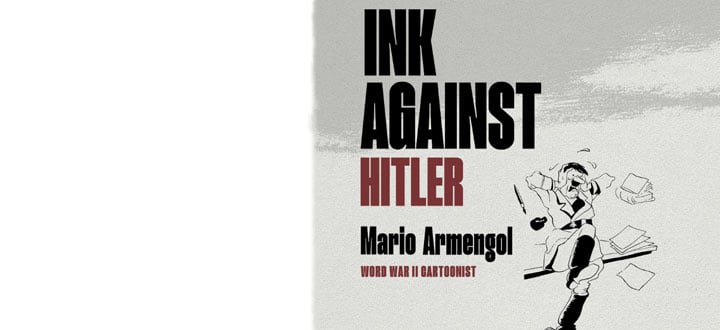The Carracci Chapel

In 1602 the Spanish banker Juan Enríquez de Herrera acquired a space in the San Giacomo degli Spagnoli church in Rome for a votive chapel dedicated to Saint Didacus of Alcalá as an expression of gratitude for his son’s recovery from a serious illness. For the mural in the chapel Herrera commissioned Annibale Carracci, one of the most prominent painters of the time, who commenced work there two years later. Carracci designed the paintings and supervised their execution until he fell sick. His helpers and collaborators completed the work around 1606. The life and miracles of Saint Didacus are depicted, along with the Assumption of Mary, and the Apostles gathered around Christ’s empty sepulchre.
In 1818 the church was deconsecrated, and some years later the frescoes were taken down from the walls and transferred to canvas. The majority of the mural paintings left Rome in 1850, and are now conserved here in the museum and in the Museo del Prado.
You can see here the set that are kept in the museum.


















